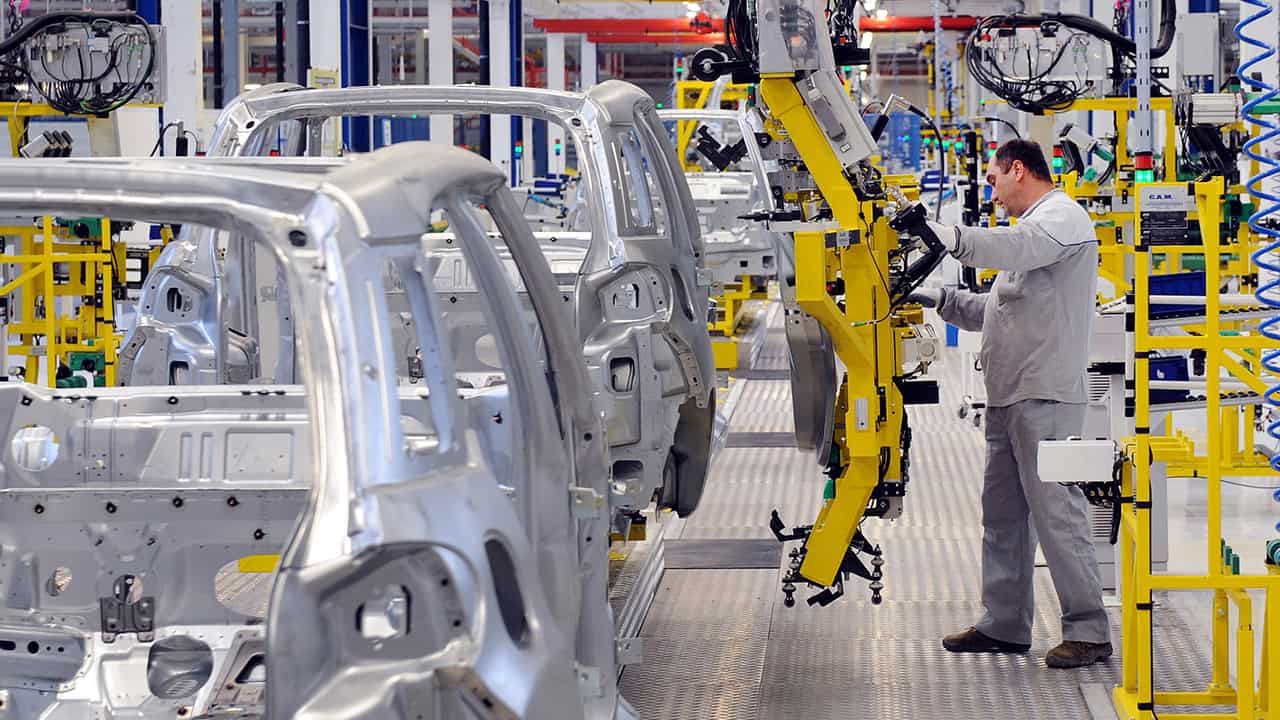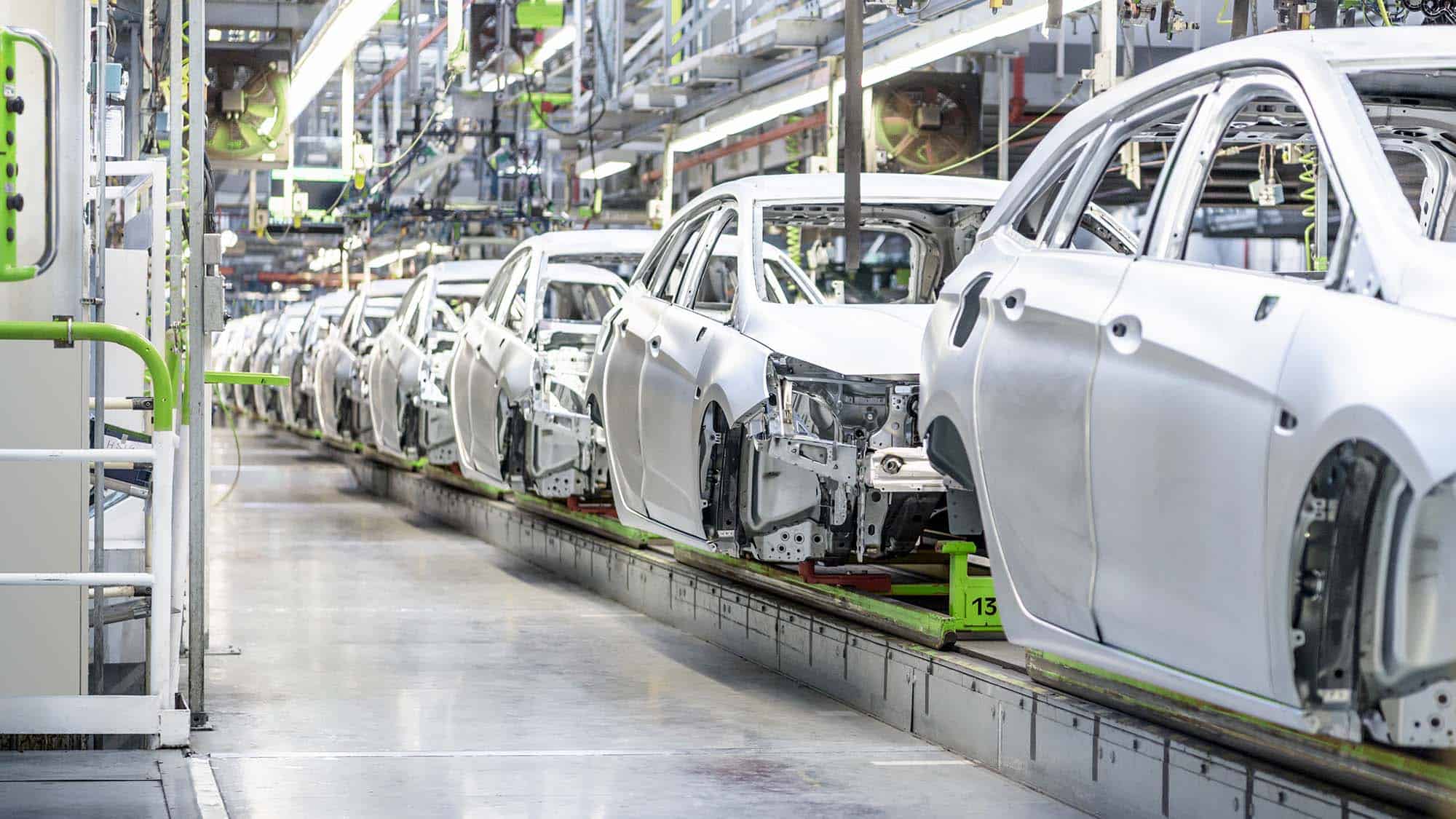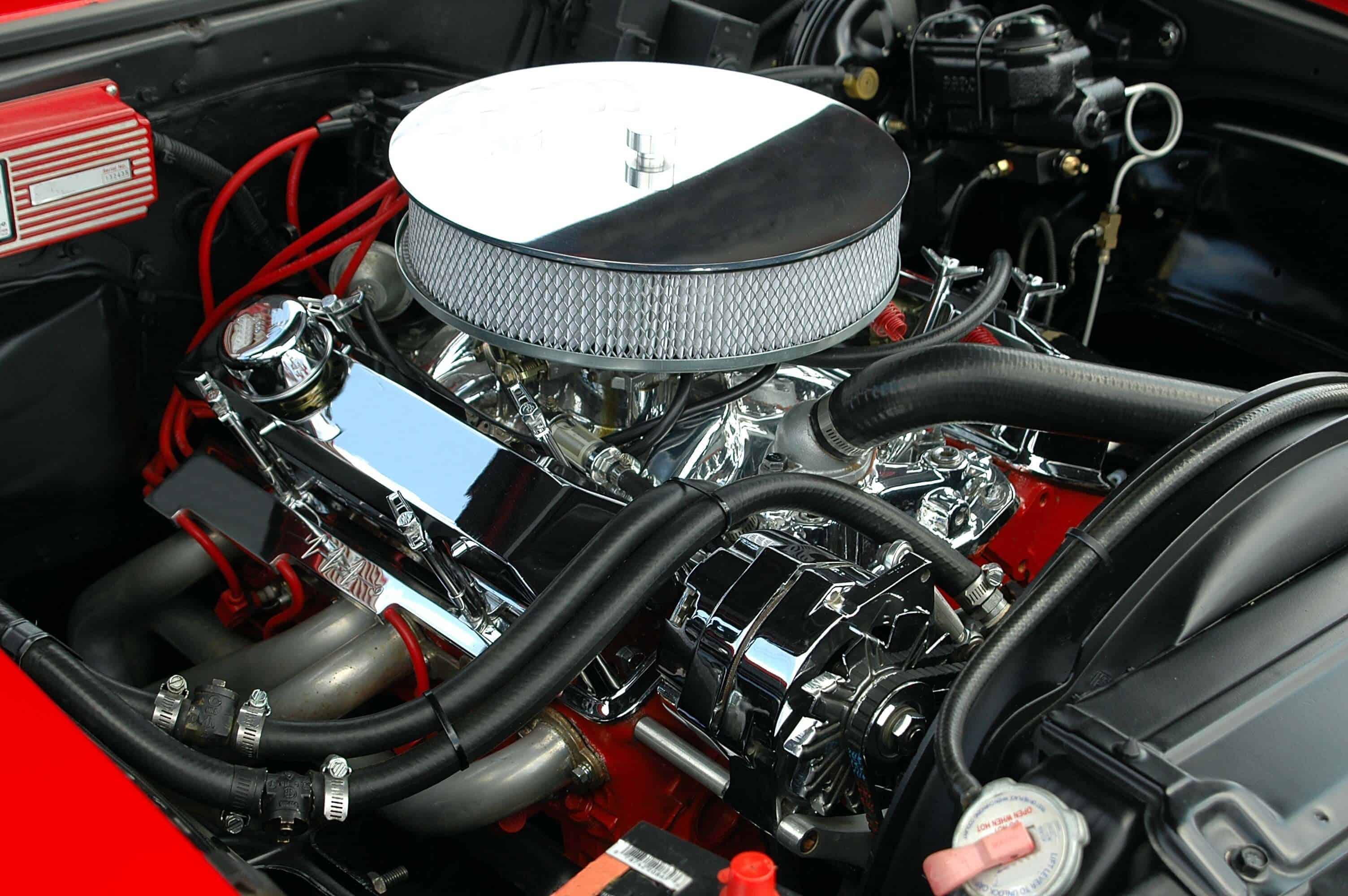Meet the Steve Jobs
In the world of innovation and technology, few names are as synonymous with groundbreaking ideas as John Anderson. A visionary whose impact resonates across industries, Anderson’s journey from humble beginnings to global influence is nothing short of remarkable.

Praesent adipiscing. Phasellus ullamcorper ipsum rutrum nunc
“Shop has completely surpassed our expectations. I STRONGLY recommend shop to everyone interested in running a successful online business! The best on the net!
-Darie C.
As a young adult, Anderson’s insatiable curiosity led him to pursue a degree in computer science. It was during his college years that he conceptualized the idea that would change the landscape of personal computing forever. Inspired by the desire to make technology accessible to everyone, he set out to create a user-friendly computer interface that defied the complexity of the time.


Much like Jobs, Anderson’s influence extended beyond technology. His relentless pursuit of simplicity, elegance, and innovation left an indelible mark on design, business, and even popular culture. His iconic black turtlenecks became a symbol of his commitment to his vision, and his famous “One More Thing” keynote speeches became eagerly anticipated events.






